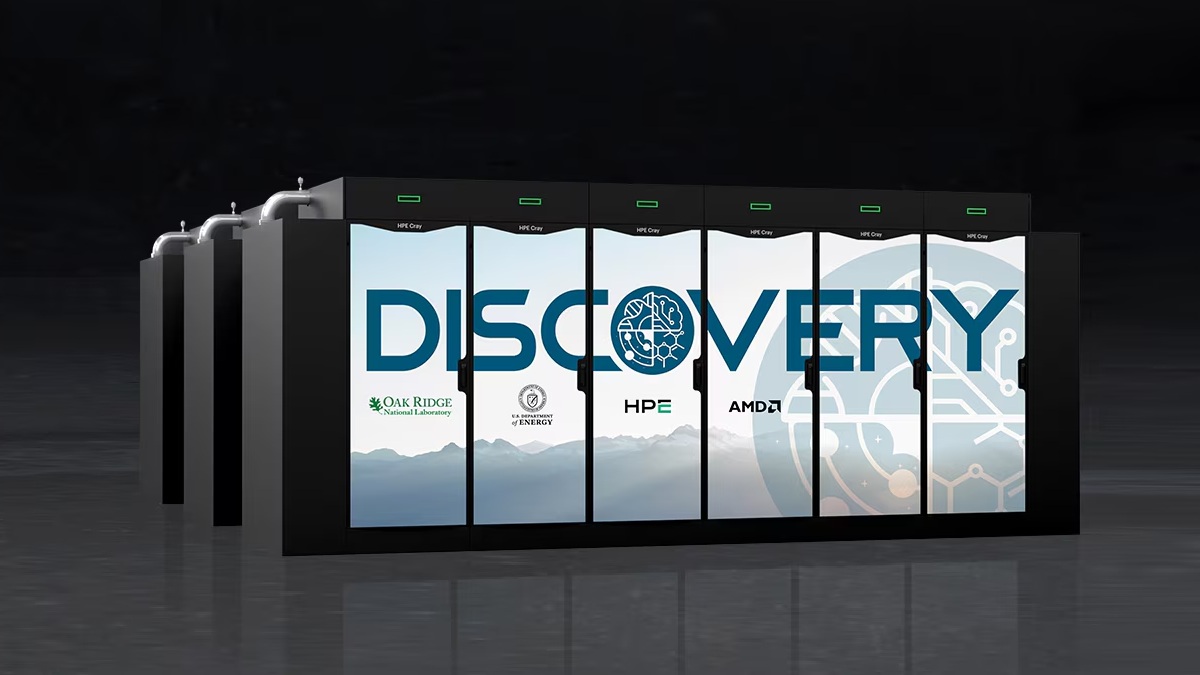30. October 2025
Admin
USDOE, HPE & AMD Unveil Two New Supercomputers — “Discovery” & “Lux”

The U.S. Department of Energy has announced a landmark public-private partnership to build two next-generation computing systems — code-named **“Discovery”** and **“Lux”** — aimed at advancing artificial intelligence, scientific research, energy innovation and national security.
Quick Insight: These systems mark a major leap in converged high-performance computing and AI infrastructure, reflecting an era where computing power is central to scientific discovery across multiple domains.
1. “Lux” – The AI Cluster
• Scheduled for deployment in early 2026.
• Designed as a multi-tenant AI facility offering cloud-like access for training and inference.
• Built with advanced GPU, CPU and networking technologies from AMD and HPE, targeting critical research in energy, materials science, quantum computing, and advanced manufacturing.
2. “Discovery” – The Exascale Supercomputer
• Expected to arrive in 2028.
• Based on HPE’s next-generation supercomputing architecture and AMD’s future chips.
• Aimed at converging AI, high-performance computing and quantum-capable workloads to accelerate breakthroughs in medicine, energy, manufacturing and national defence.
3. Why It Matters
• These systems signal that computing is not just infrastructure but a strategic asset for science and security.
• They reflect the U.S.’s commitment to staying at the forefront of global technological competition.
• The applications span from fusion energy and materials discovery to AI-driven drug design and national security modelling.
Final Thoughts
With “Lux” and “Discovery”, the stage is set for a new era of computing where AI meets HPC meets applied science. These machines will not only process data — they will accelerate the pace of discovery itself.
For researchers, institutions and technology watchers, this is a pivotal move whose impact will unfold across energy, health, defence and industry.
Tip: Organizations working in AI or high-performance computing should monitor how access to these systems or their architectures might influence collaboration, global science policy and domestic innovation.
